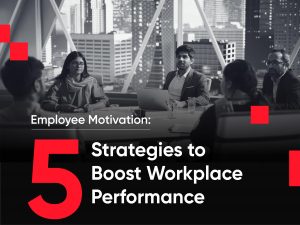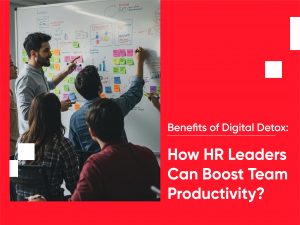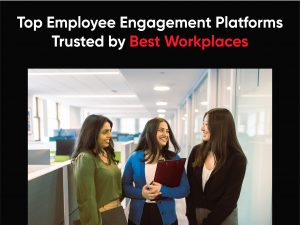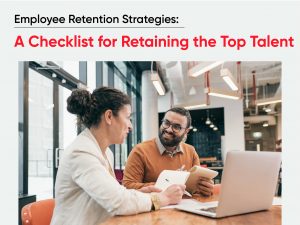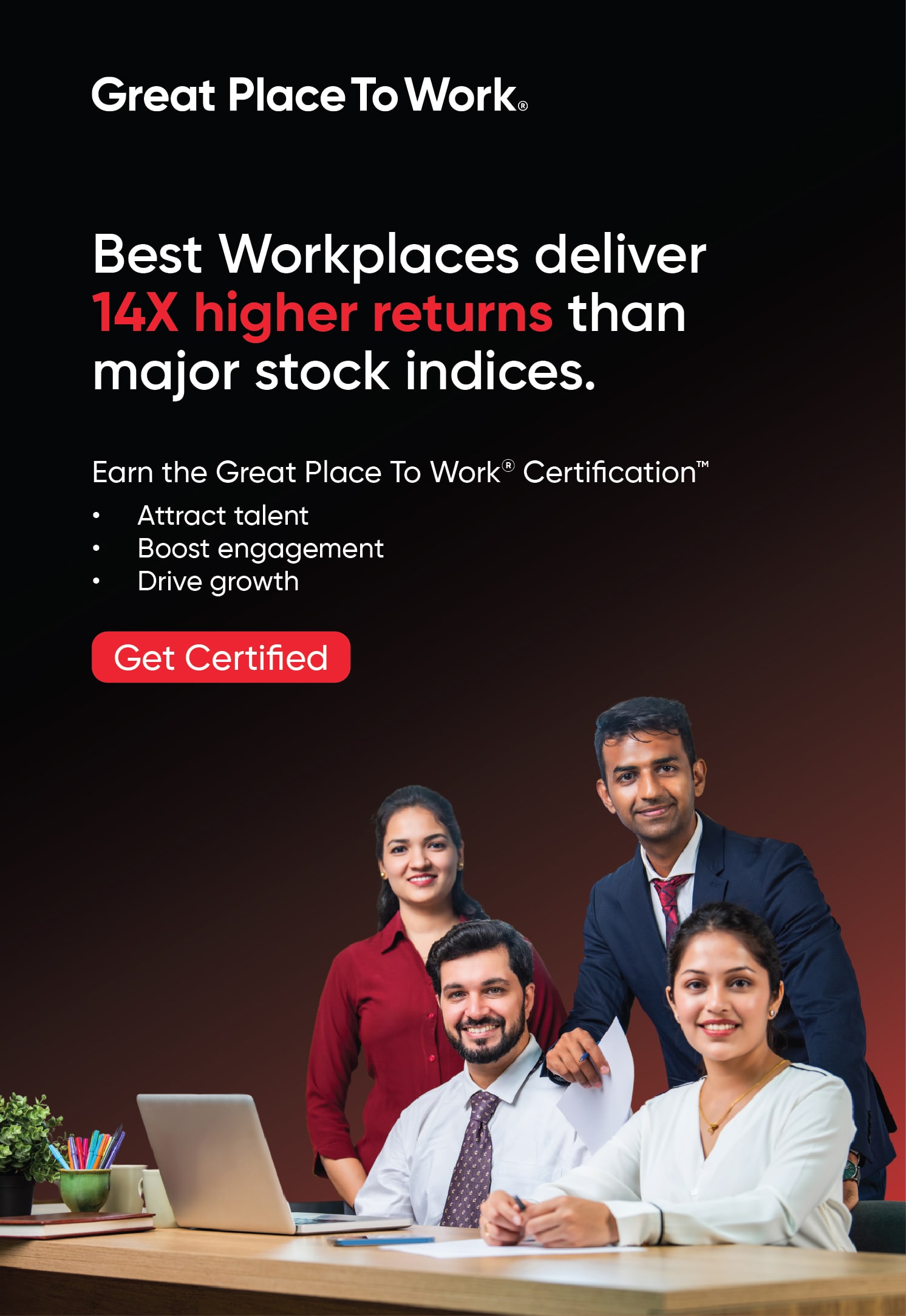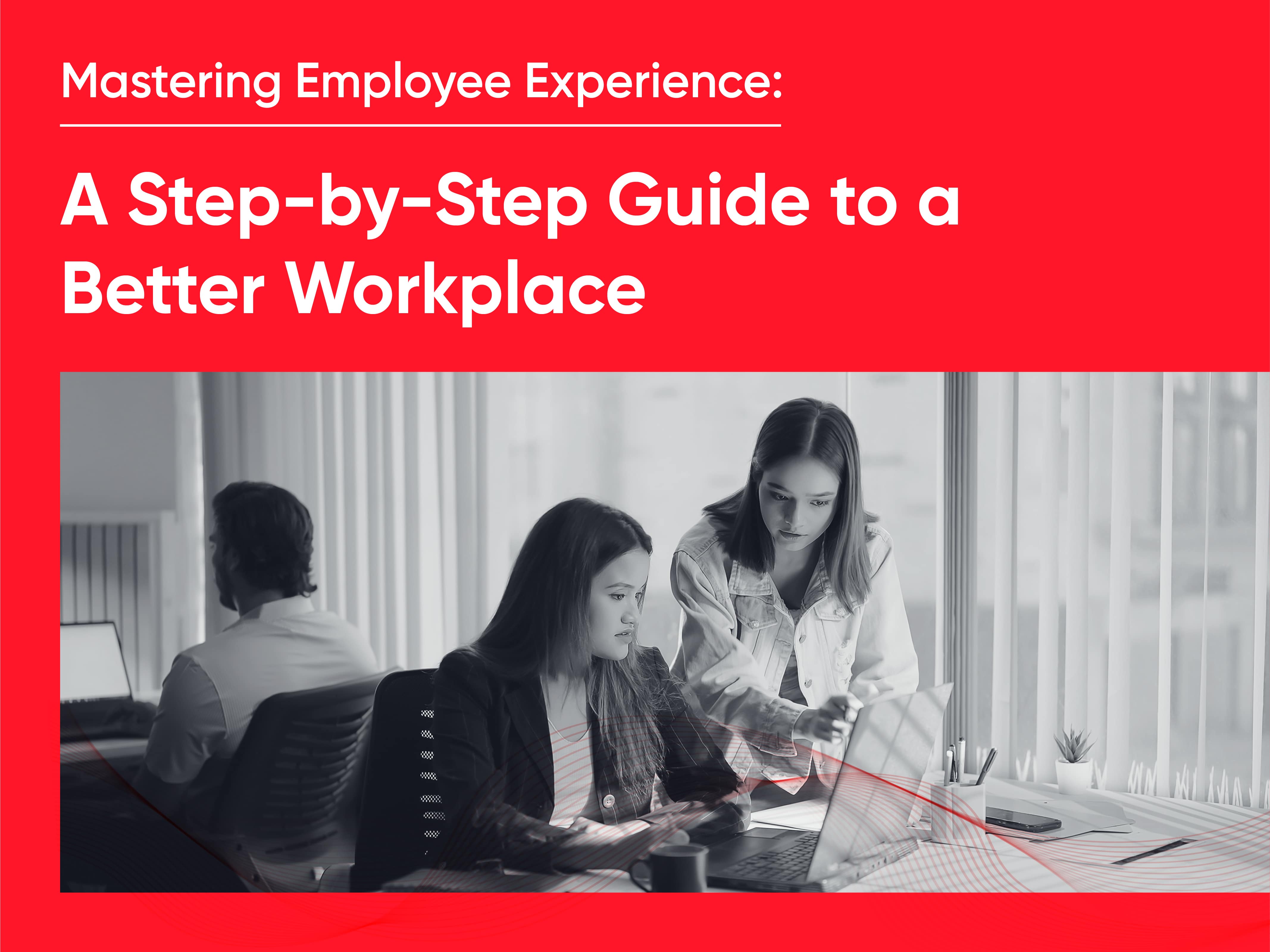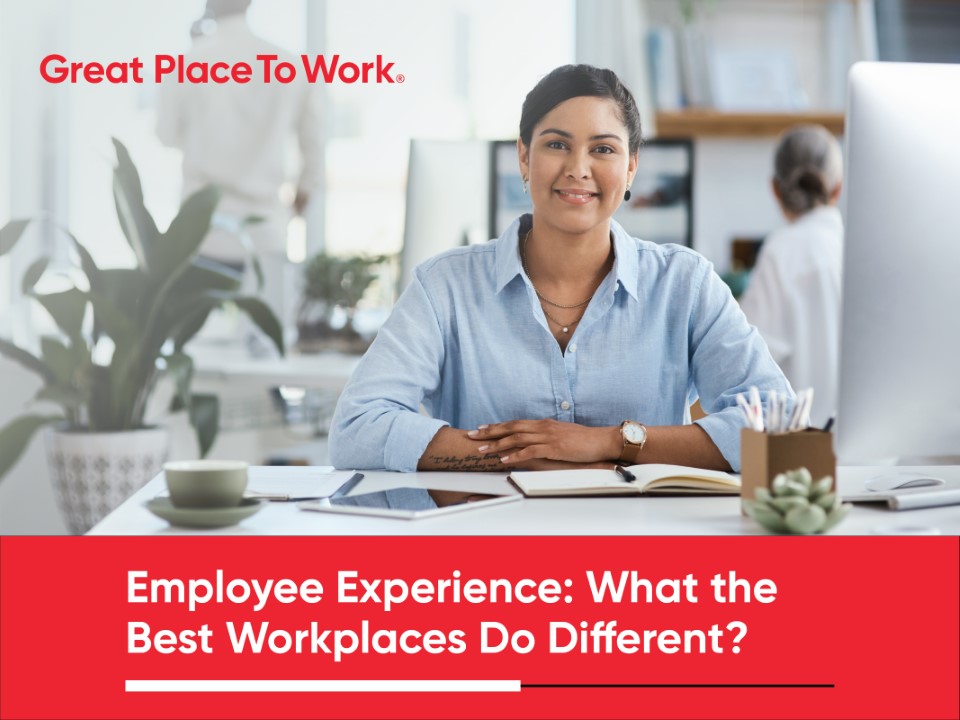Reading Time: 4 minutes
Mid-sized organizations are the backbone of India’s economic growth, playing a vital role in GDP contribution, exports, and job creation. These organizations contribute over 29% of India’s GDP and account for 50% of the country’s total exports. They are instrumental in the manufacturing sector, producing one-third of the output and employing over 110 million people. This makes them crucial to the economy and significant in creating employment opportunities across both urban and rural areas.
Recognizing the importance of mid-sized organizations, the Indian government has introduced various supportive schemes and initiatives. Programs such as SME Samadhaan, Udyog Aadhaar, and Mudra aim to provide financial assistance, simplify regulatory processes, and promote innovation within the sector. This governmental support is essential in helping mid-sized organizations overcome challenges and thrive in a competitive business environment.
For mid-sized organizations in India, it is critical to focus on enhancing business competence, nurturing leadership development, and optimizing employee benefits. Providing a fair share of profits and ensuring transparent, merit-based advancement opportunities are key strategies for sustaining a positive workplace culture. Excelling in these areas not only benefits employees but also drives business success, as evidenced by the performance of Best Workplaces.
Minor Decline in Workplace Experience for Employees in Mid-Sized Organizations
In 2024, the workplace culture experience among mid-sized organizations in India saw a slight decline of 1%. The Trust Index score for these workplaces also experienced a minor decrease of 1% compared to 2023, bringing it to 83%. While this decline is modest, it underscores the importance for organizations to focus on maintaining and enhancing employee trust and satisfaction. Despite these challenges, employees continue to regard their organizations as great places to work, reflecting the resilience of workplace culture.

The trend varies across industries. Major sectors like IT, BFSI, and Professional Services experienced a decline of 1-2%, while industries such as NGOs and Manufacturing saw an increase of 1-2% in employee experience compared to last year.
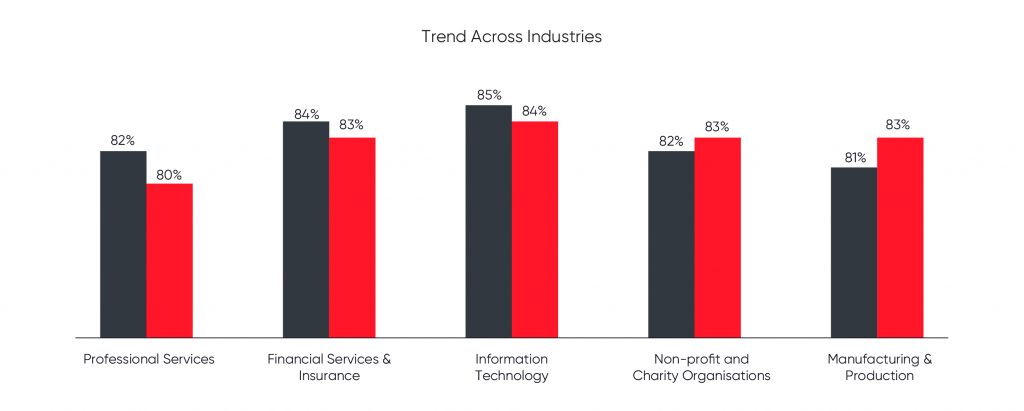
Decline in Workplace Sentiment Among Key Demographics
Even though most areas of workplace culture have remained stable at an overall level, we observed a decline in a few sentiments among key employee demographic groups.

Women Employees Seek Fairer Pay, Recognition and Less of Favouritism.

When organizations address these issues, female employees are:
- 3X more likely to experience career growth opportunities
- 2X more likely to express a desire to stay with their organization long-term.
- 2X more likely to experience a great workplace.
Strengths to Sustain: What’s Working for Mid-size Workplaces
Despite a slight decline in overall workplace culture scores in 2024, mid-sized organizations in India continue to excel in critical areas such as employee pride, ethical management practices, and a welcoming environment. These strengths, combined with high levels of management competence, form a robust foundation that supports a positive and productive work environment.
For every 2 employees that don’t experience innovation opportunities, there are 9 employees ready to innovate, highlighting the potential for growth in fostering a more innovative workplace culture.
Key highlights include:
- 89% of employees rate their management as competent, ensuring effective leadership and operational efficiency.
- 89% of employees feel welcomed when they join the organization.
- 89% of employees believe their customers would rate their service as ‘excellent,’ reflecting high customer service standards.
- 89% of employees feel they have the necessary resources and equipment to perform their duties efficiently.
- 89% of employees are proud to tell others they work here, fostering a strong sense of pride and advocacy within the organization.
- 88% of employees express that management is honest and ethical in its business practices.
- 88% of employees feel good about how their organization contributes to society.
These statistics demonstrate the resilience and strength of mid-sized organizations in India, showcasing their ability to maintain a high workplace culture standard even amidst challenges.
Mid-size organizations in India demonstrate a resilient workplace culture, underscored by high levels of safety, fairness, and management competence. These attributes foster an environment where employees feel valued and supported. Maintaining and building upon these strengths is crucial for mid-size organizations to enhance employee satisfaction, drive innovation, and remain competitive.
Mid-sized organizations in India showcase a resilient and dynamic workplace culture, even amidst slight overall scores decline. Key strengths, including high levels of employee pride, ethical management practices, and a welcoming environment, provide a robust foundation for these organizations. By addressing areas such as innovation opportunities and demographic-specific concerns, mid-sized companies can further enhance employee satisfaction and drive business success. The continued focus on maintaining high standards of workplace culture is essential for sustaining growth, fostering innovation, and remaining competitive in India’s rapidly evolving economic landscape. Visit us here to learn more.



